- Home | Industry Update | Cotton Yarn Prices Hold Steady In North India As New Year Ki...
Cotton Yarn Prices Hold Steady In North India As New Year Kicks Off

Cotton yarn prices in North India continued to show stability as the new year commenced, reflecting a steady market on the second day of 2025. Major trading hubs, including Delhi, Ludhiana, and Panipat, reported minimal trading activity, with prices holding firm at levels established late last year. This steadiness highlights the cautious approach of market participants as they evaluate upcoming demand and supply trends.
In the recycled yarn market, stability was similarly observed. Traders and manufacturers are anticipating a possible uptick in activity as seasonal demand for recycled yarn may gain momentum in the coming weeks. Despite the quiet trading scene, the market remains optimistic about potential shifts driven by winter-related demand and broader industry adjustments.
One key factor supporting this stability is the reduction in cotton arrivals across the region. Lower arrivals have helped sustain seed cotton prices close to the government-declared Minimum Support Price (MSP). This trend ensures a favorable position for farmers, providing them with a safety net amid fluctuating market conditions.
The subdued activity in the first days of the year is typical, as markets often experience a lull during this transition period. However, stakeholders are closely monitoring developments in both domestic and international markets. Global economic conditions, export prospects, and fluctuations in raw cotton prices are expected to play significant roles in shaping the market dynamics in the coming months.
North India’s cotton yarn sector is also keeping an eye on the broader textile industry's performance. Downstream demand from garment manufacturers and exporters will likely influence yarn prices, with any significant increase or decrease in orders reflecting directly on the yarn market.
While recycled yarn markets remain calm, the industry continues to focus on sustainability and efficiency. With growing environmental concerns, the demand for recycled yarn is anticipated to see a steady rise, further contributing to the segment's stability. The interplay of such factors will be crucial in determining the market trajectory for both virgin and recycled yarn in the region.
11:03 AM, Jan 03
Other Related Topics

Rieter Issues Market Update on Completion of Barmag Acquisition
10:33 AM, Dec 20
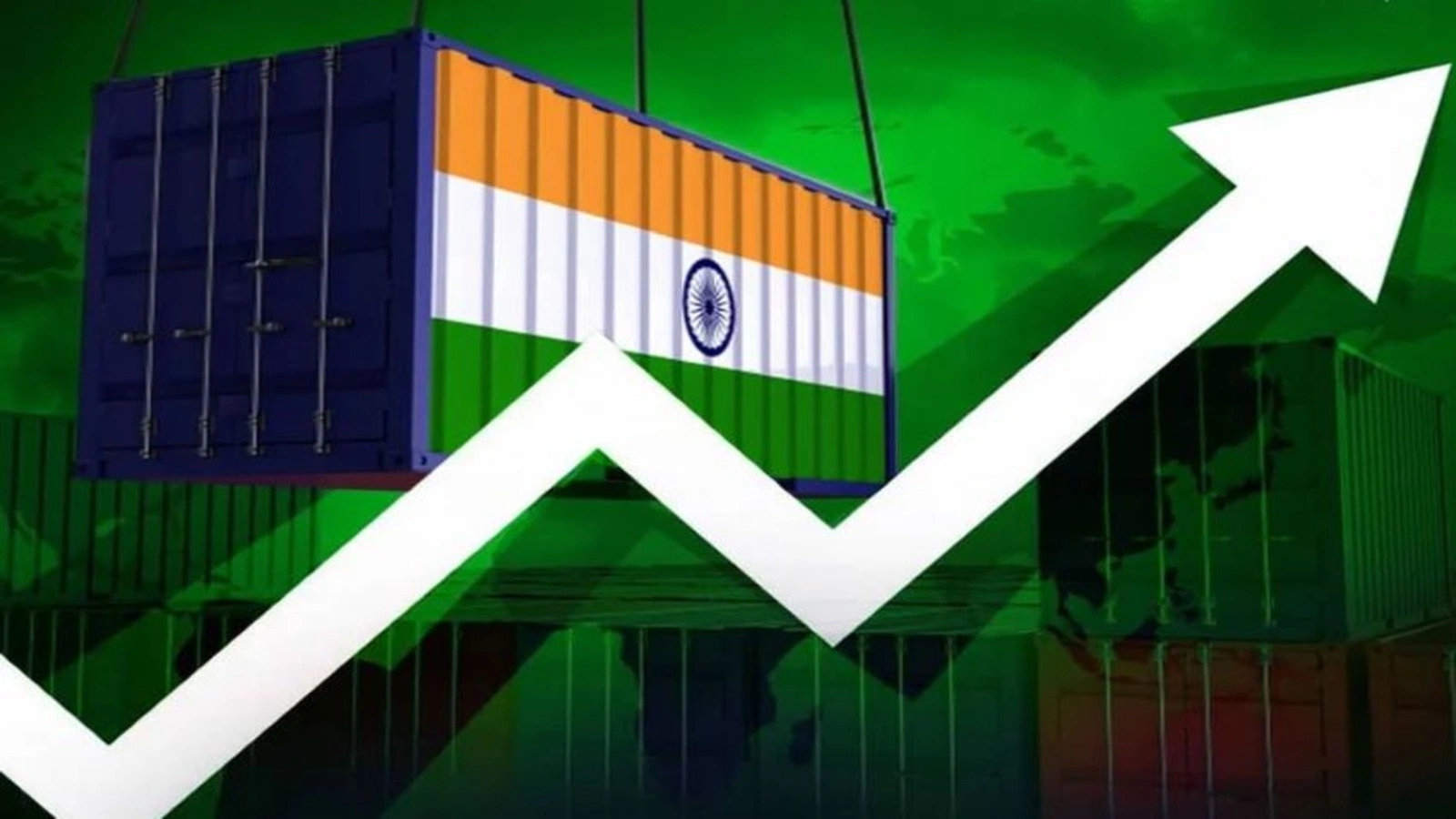
Indian Textile Exports Weave Strong Momentum with November Surge
11:24 AM, Dec 18Industry Update

Carrington Textiles Introduces Defence Stock Range for Faster Access to Military Fabrics...view more



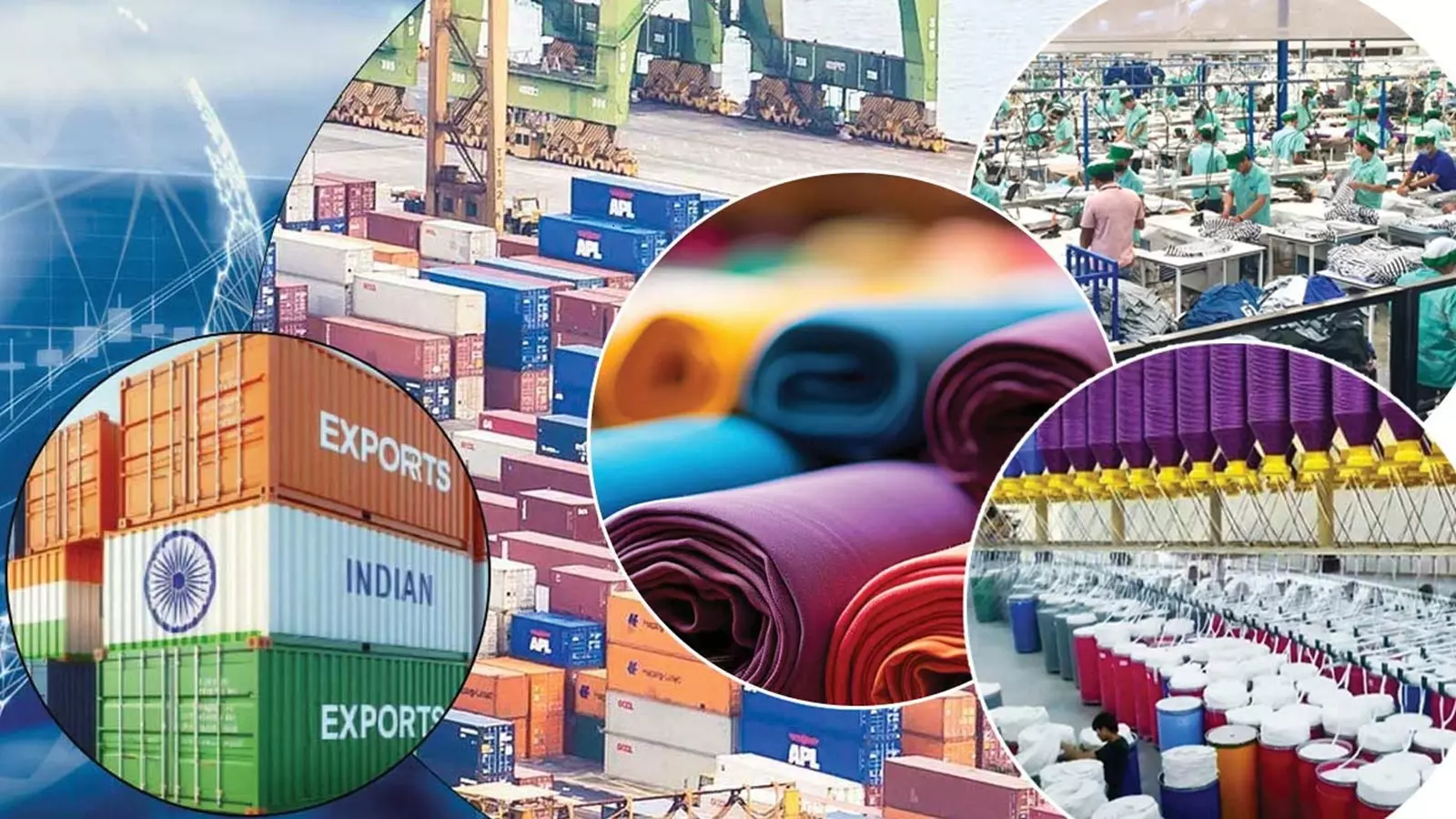
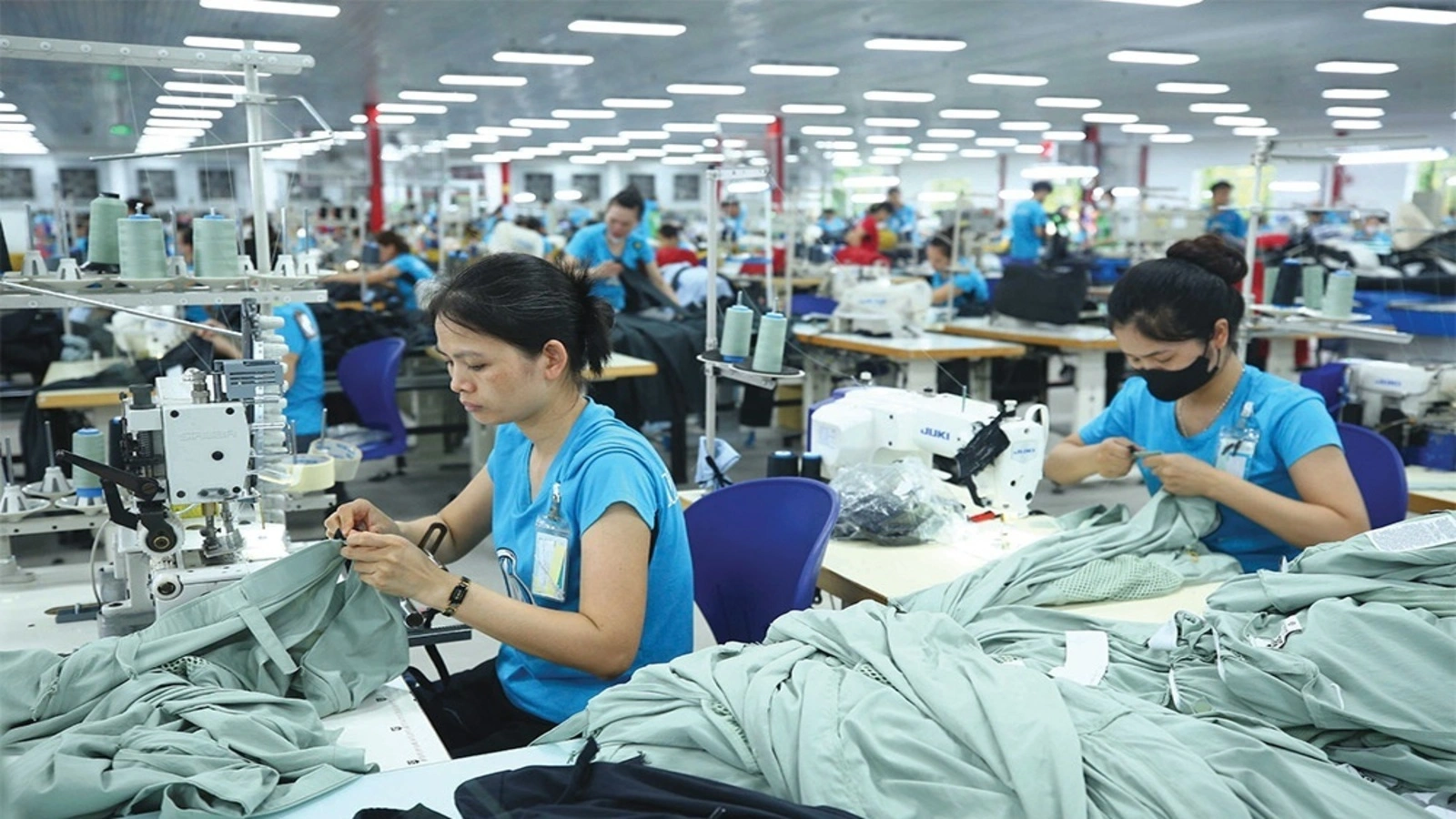
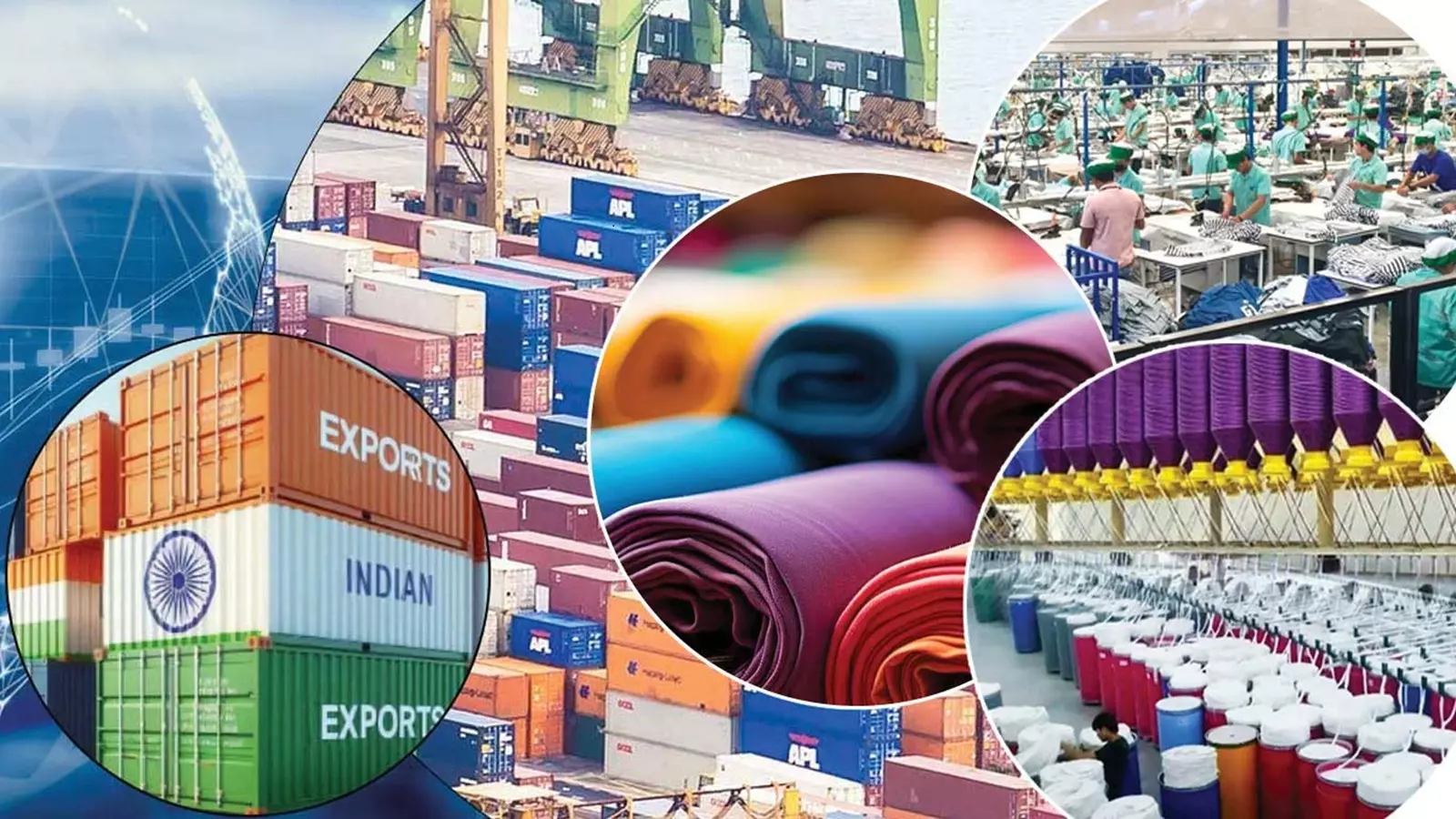


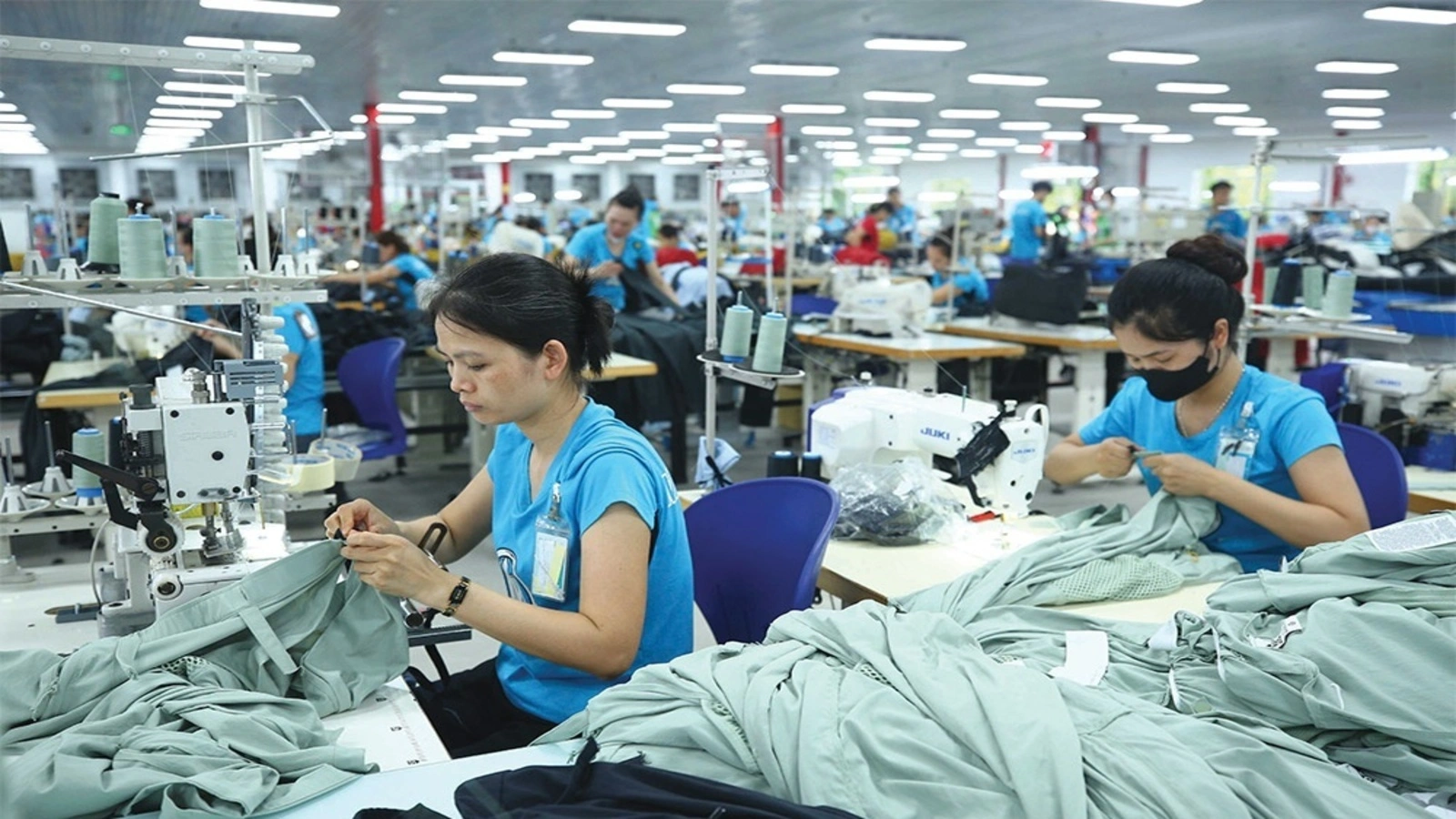
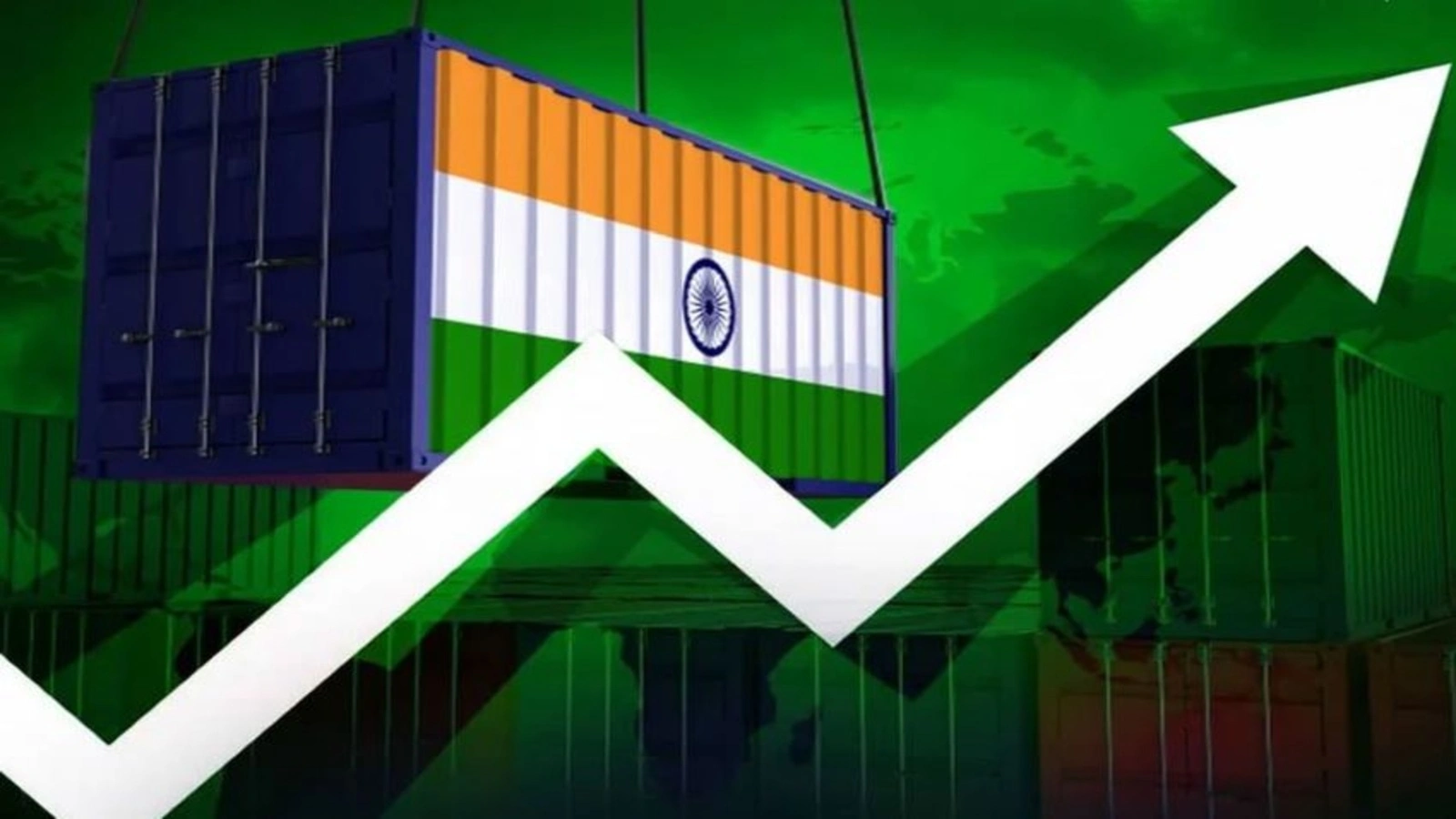


1.webp)






1.webp)

1.webp)
1.webp)
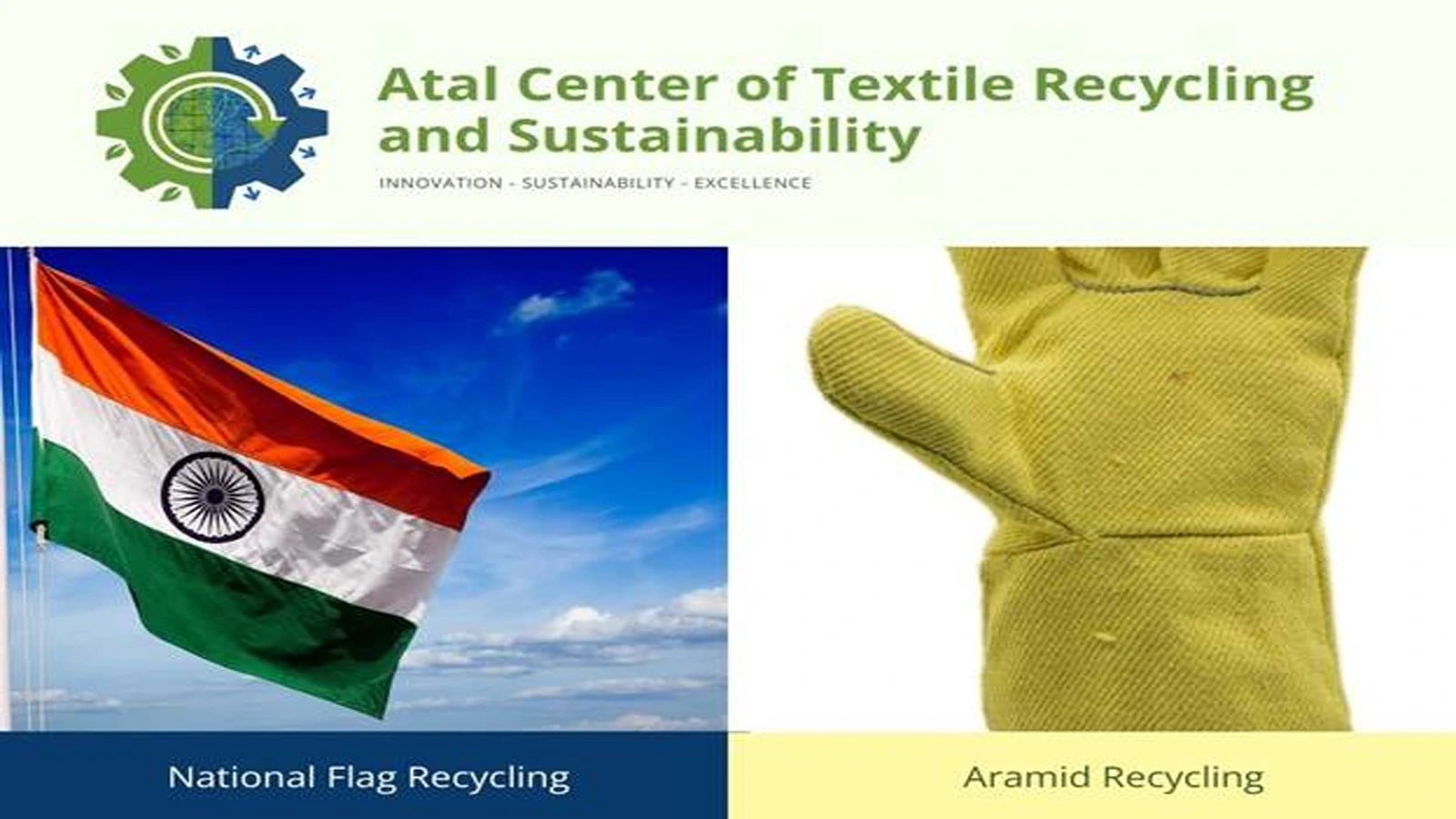
1.webp)

1.webp)

.webp)

1.webp)

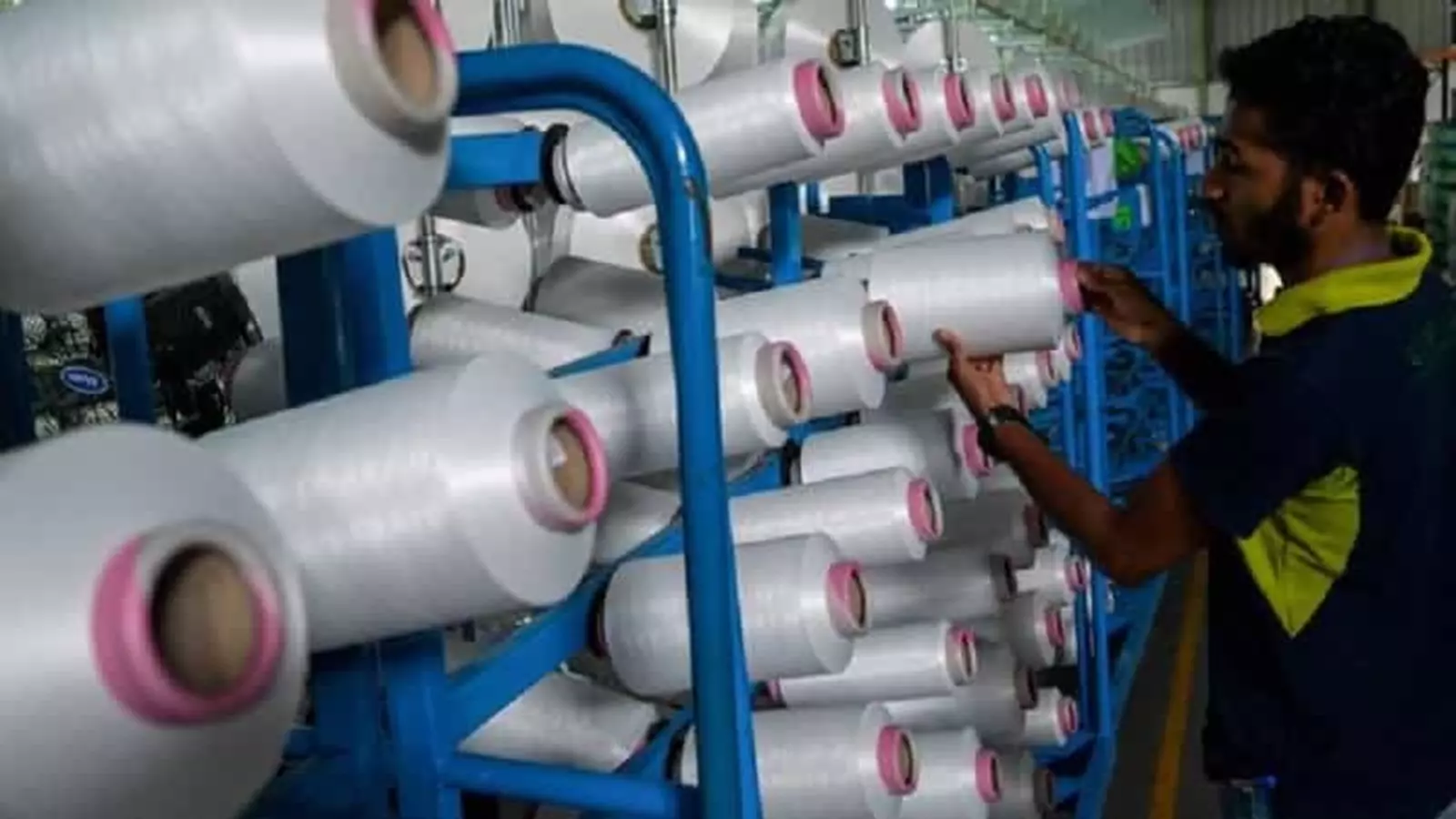

1.webp)







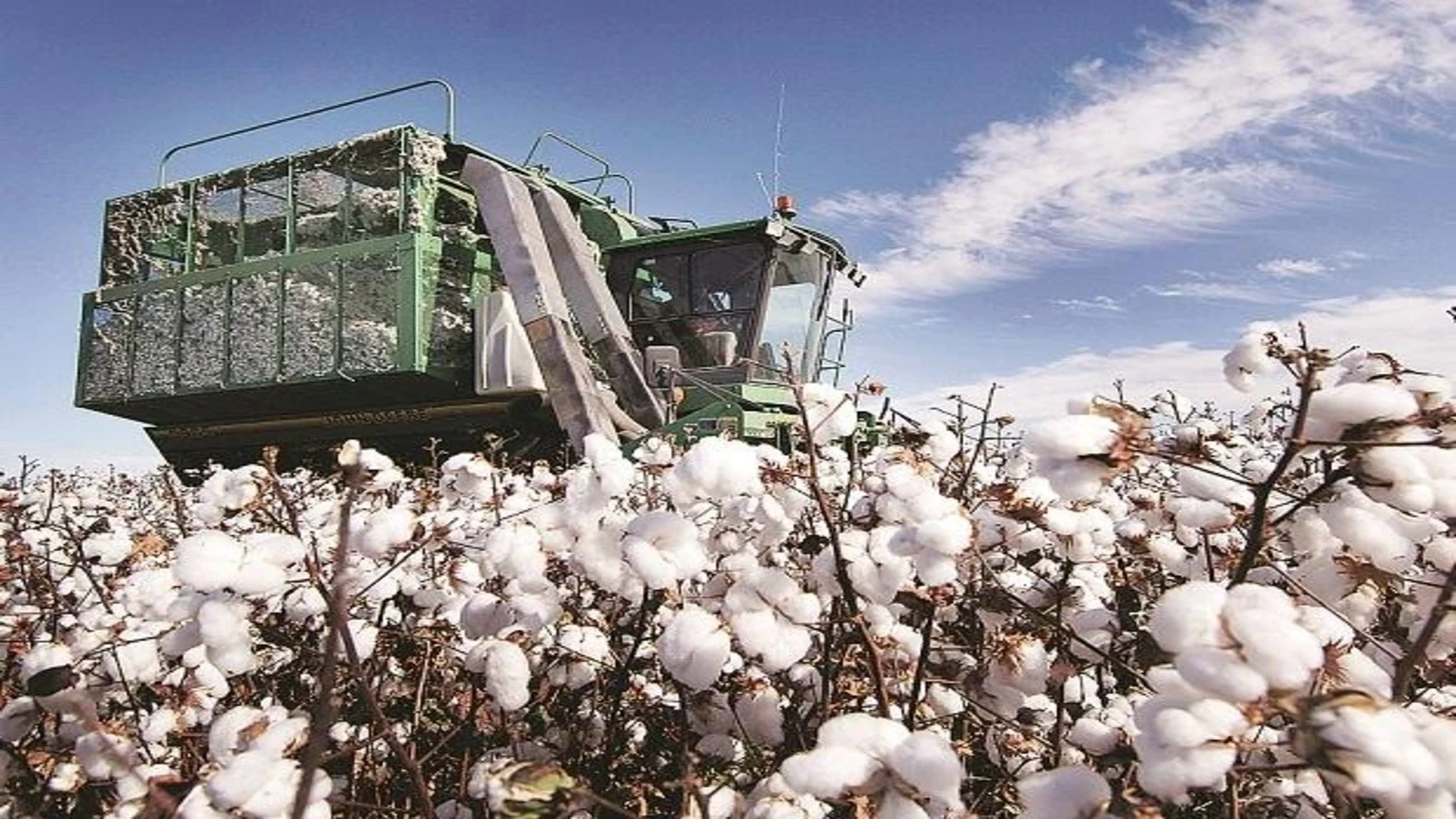
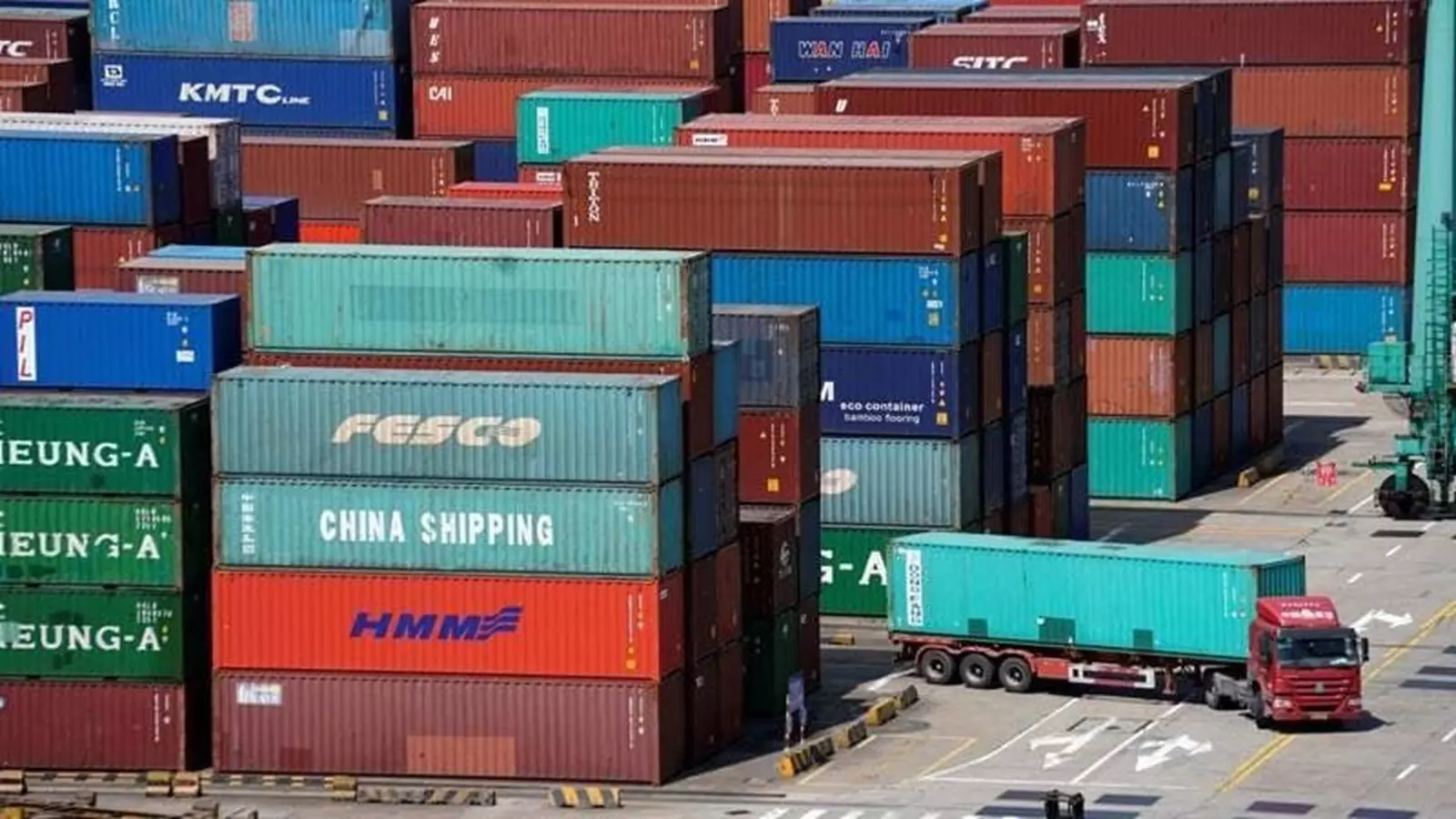
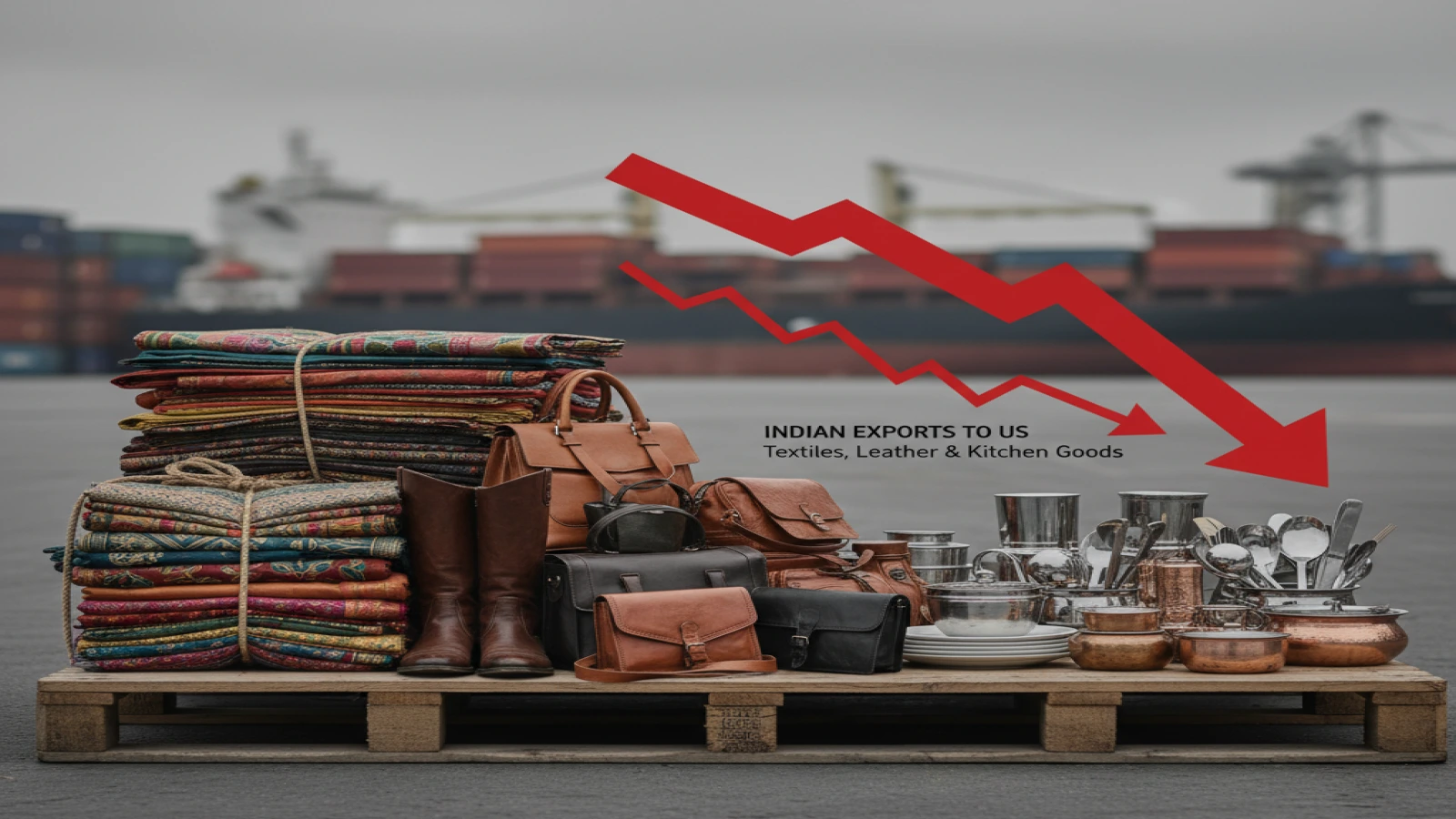



1.webp)
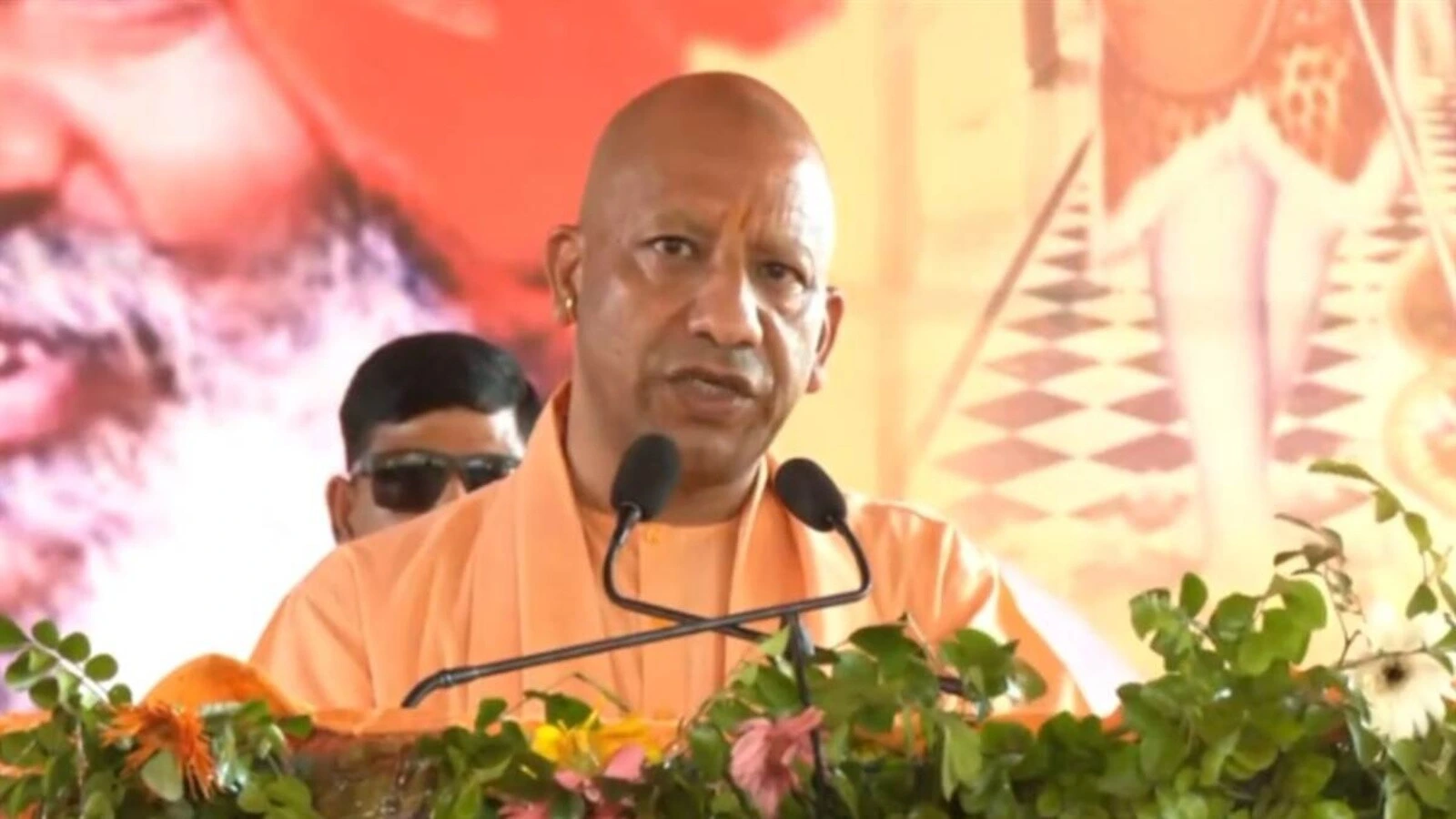







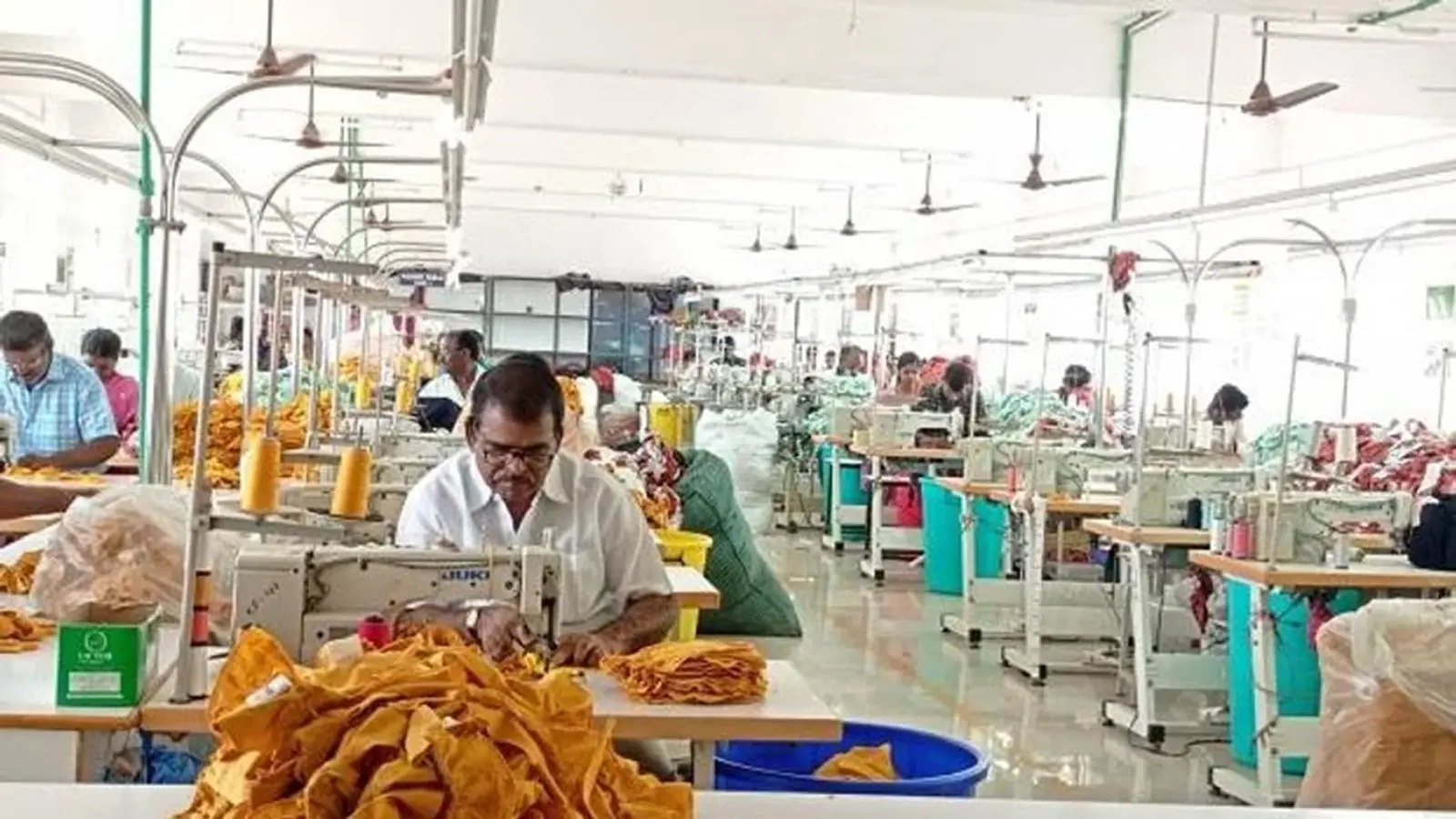



1.webp)


1.webp)

























1.webp)






















1.webp)





1.webp)
1.webp)














1.jpg)






















1.jpg)




























_large1.jpeg)

























































.png)










.jpg)
.jpg)
.jpg)










1.jpeg)